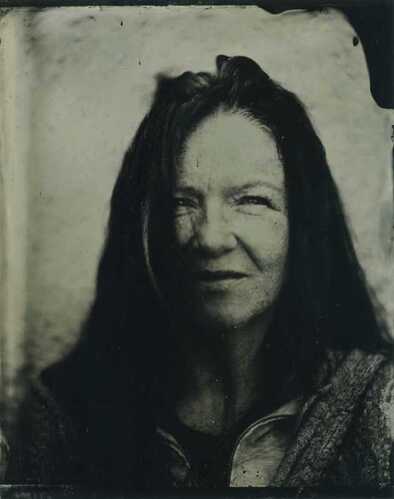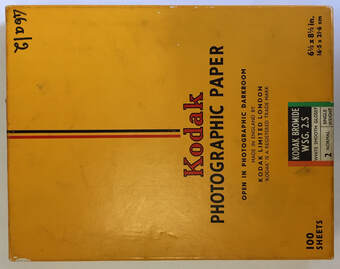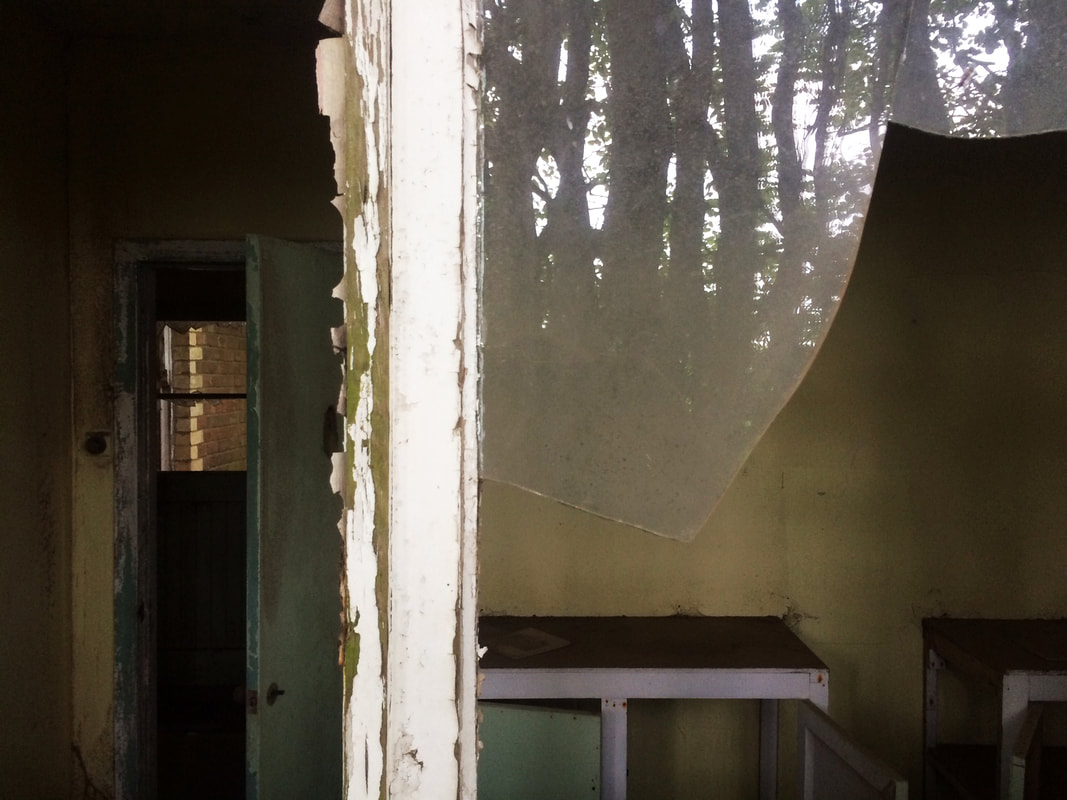|
For a number of years it has been my intention to make wet plate experiments. However, after much research I decided that this was a process I could not begin unaided for I feared that I may either blow myself up or be asphyxiated. Instead I chose to experiment with the more forgiving dry plate process. It was by chance through a friend that I was given the opportunity to attend a one day workshop in Dunbar with a Master of the collodion process, Alastair Cook. The class was intimate in size and included fellow enthusiasts of all things analogue. Each of the students in turn a Master in their own right:
Introductions aside, our workshop commenced with a brief history of the collodion process accompanied by exemplars of pioneering and contemporary practitioners. Alastair then explained how the rich intensity of a collodion print is created. Collodion is sensitive to wavelengths that are not visible to the human eye, the chemistry recording blues and purples as white and deep yellows and reds as black. The science lesson continued with an introduction to the chemistry including health & safety precautions. This part of the workshop made me excited for I did not realise that you could fix collodion with illford chemicals. It had been the cyanide fixer that had concerned me in the past. After demonstrating how to make and process a wet plate collodion tintype, my fellow students and I coated our plates, made portrait exposures of each other then fixed our experiments for review. I drove home impassioned by my workshop and inspired by a group of interesting and clever people. Dear Julia
Thank you so much for your touching and kind letter. I am very pleased that you enjoyed the HND Contemporary Art Practice Course so much. I am both sorry and happy for you to go. Sorry because I have so much more knowledge to impart as I will be the principal lecturer for HND2. Happy because you are off to study at Art School. As you leave, please take note that your success this year is only in part due to Sarah and myself. Your thirst for knowledge, your ability to not be distracted, your academic approach to research, practical skills and hard work are what made your portfolio and resulting acceptance to Art College a reality. I am very proud and excited for you. In answer to your question, yes, I will continue to support your growth as an artist and be your mentor. I am very excited to follow your development. The appointment will be an osmosis of knowledge twofold, for I will learn as much from you as you will from me. Please find enclosed with this letter a box filled with papers and other bits and pieces that I think will interest you. I have also enclosed my private contact details. Have a fantastic summer Julia and an amazing time at Art College. With much warmth, Oonagh It has been quite a number of months since I committed my thoughts, experiences and reflections to my blog. My life though has not been stagnant, to the contrary it has been an amalgam of shared experiences, dreams, aspirations, reflections, anxiety and chaos. I am in the throes of change, tangible and emotive: looking backwards whilst moving forwards.
As each year dispatches I feel increasingly frustrated that I am unable to dedicate my time completely to being a practicing artist. Thankfully my occupation allows me each year an extended period in which I can create and rejuvenate, and in just over a weeks’ time I will thankfully be off work for the lengthy summer vacation. This summer however I will be relocating and creative endeavours will be suspended. The exasperation of weeks lost in creative play reconciled by the establishment of my new studio. A space in which I can comfortably generate outcomes in numerous media. A space in which I can immerse myself, disappear, conceive, experiment and construct. A space that will enable me to escape for short periods from conventions that require me to conform. I am so eager not to waste time. I feel suffocated by the shortage of it. |
Archives
July 2024
|


